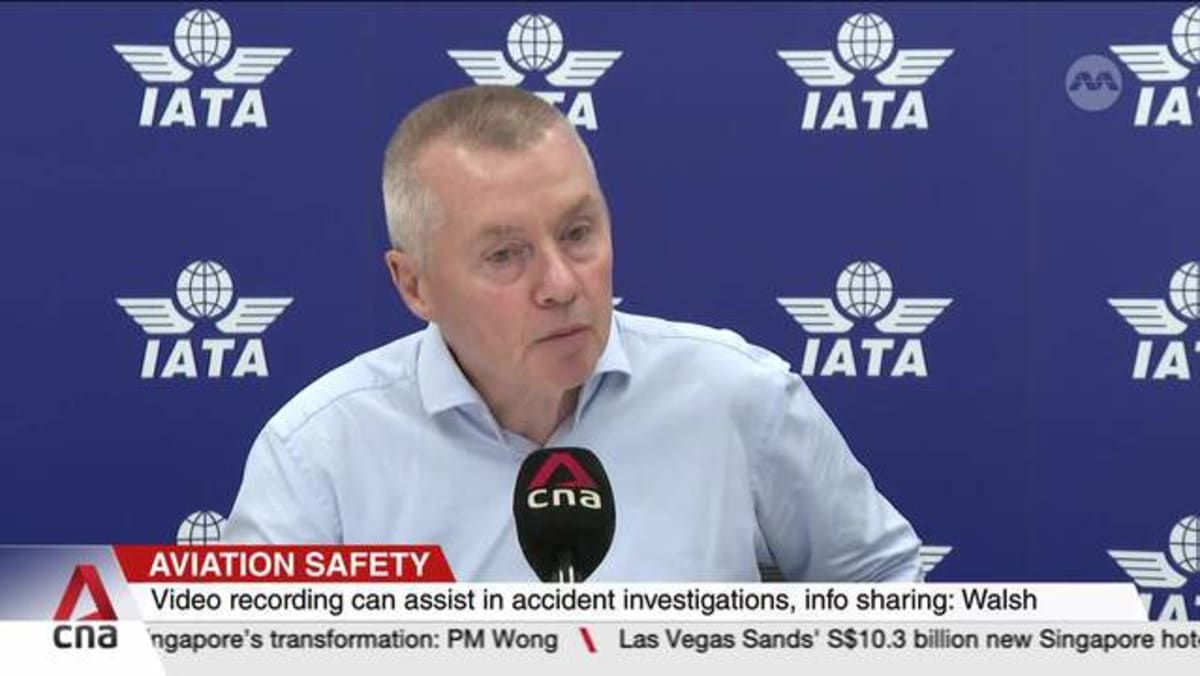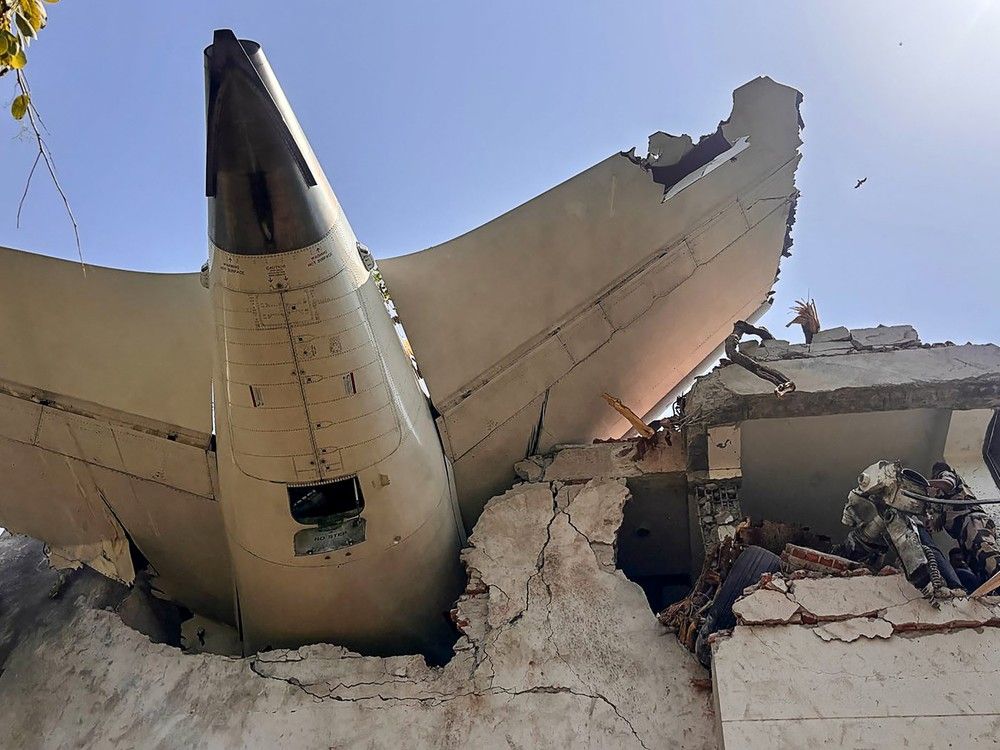The recent crash of an Air India flight, which tragically claimed the lives of 260 passengers, has raised critical alarms about aviation safety protocols. Preliminary investigations have revealed that the aircraft's fuel control switches were turned off shortly after takeoff, starving the engines of fuel and leading to the disaster. In response, India's aviation regulator has mandated that airlines inspect fuel switches on several Boeing models, shining a spotlight on the performance of these crucial
Did You Know
A day on Venus is longer than a year.
?
AD
device systems across global airlines.
This tragedy has prompted actions at home and catalyzed a broader international response, with countries like South Korea announcing plans to check their Boeing fleets. The visceral impact of the crash reverberates through the aviation community, triggering urgent discussions on pilot mental health and the necessity for improved care. As investigations continue, concerns arise regarding the potential implications of under-addressed psychological issues among pilots.
The crash has reignited a long-standing debate on the installation of cockpit video recorders, which advocates argue could provide invaluable insights during investigations. As families of the victims seek justice, their demand for accountability underscores a collective responsibility for safeguarding the highest standards of air travel. The hope is that lessons learned from this heartbreaking event will empower regulatory bodies and airlines alike to enact transformative measures, ensuring that such tragedies are not simply remembered but are catalysts for enduring change in aviation safety practices.
Q&A (Auto-generated by AI)
What caused the Air India crash?
The Air India crash was primarily caused by fuel control switches being turned off shortly after takeoff, which starved the engines of fuel. A preliminary investigation highlighted that these switches had flipped from the run position to cutoff, leading to the tragic loss of 260 lives. The incident raised significant concerns about the operational safety of Boeing aircraft and prompted immediate inspections by aviation regulators.
How do fuel control switches work?
Fuel control switches manage the flow of fuel to an aircraft's engines. They can be positioned to either allow fuel to flow (run position) or cut off the fuel supply (cutoff position). Proper operation is critical for engine performance, as any unintended switch movement can lead to engine failure. In the case of the Air India crash, the switches were found to have been inadvertently turned off, which directly contributed to the crash.
What are Boeing's safety protocols?
Boeing has established rigorous safety protocols that include regular maintenance checks, inspections of critical systems like fuel control switches, and adherence to regulatory guidelines set by aviation authorities. Following incidents, Boeing collaborates with airlines and regulators to review safety measures and implement necessary changes. The recent Air India crash has intensified scrutiny on these protocols, leading to immediate inspections across various airlines.
What is the role of aviation regulators?
Aviation regulators, such as the Federal Aviation Administration (FAA) in the U.S. and the Directorate General of Civil Aviation (DGCA) in India, oversee the safety and operational standards of airlines and aircraft manufacturers. They enforce regulations, conduct inspections, and respond to incidents by investigating causes and recommending corrective actions. Following the Air India crash, India's aviation regulator ordered inspections of Boeing fuel control switches to enhance safety.
How have past crashes influenced aviation safety?
Past aviation crashes have significantly shaped safety regulations and protocols. Each incident prompts investigations that reveal systemic issues, leading to improved safety measures. For example, the 2001 crash of a Boeing 737 led to enhanced cockpit training and procedures. The recent Air India crash has reignited discussions about cockpit video recorders and has led to immediate inspections of fuel control switches, demonstrating the ongoing evolution of aviation safety standards.
















